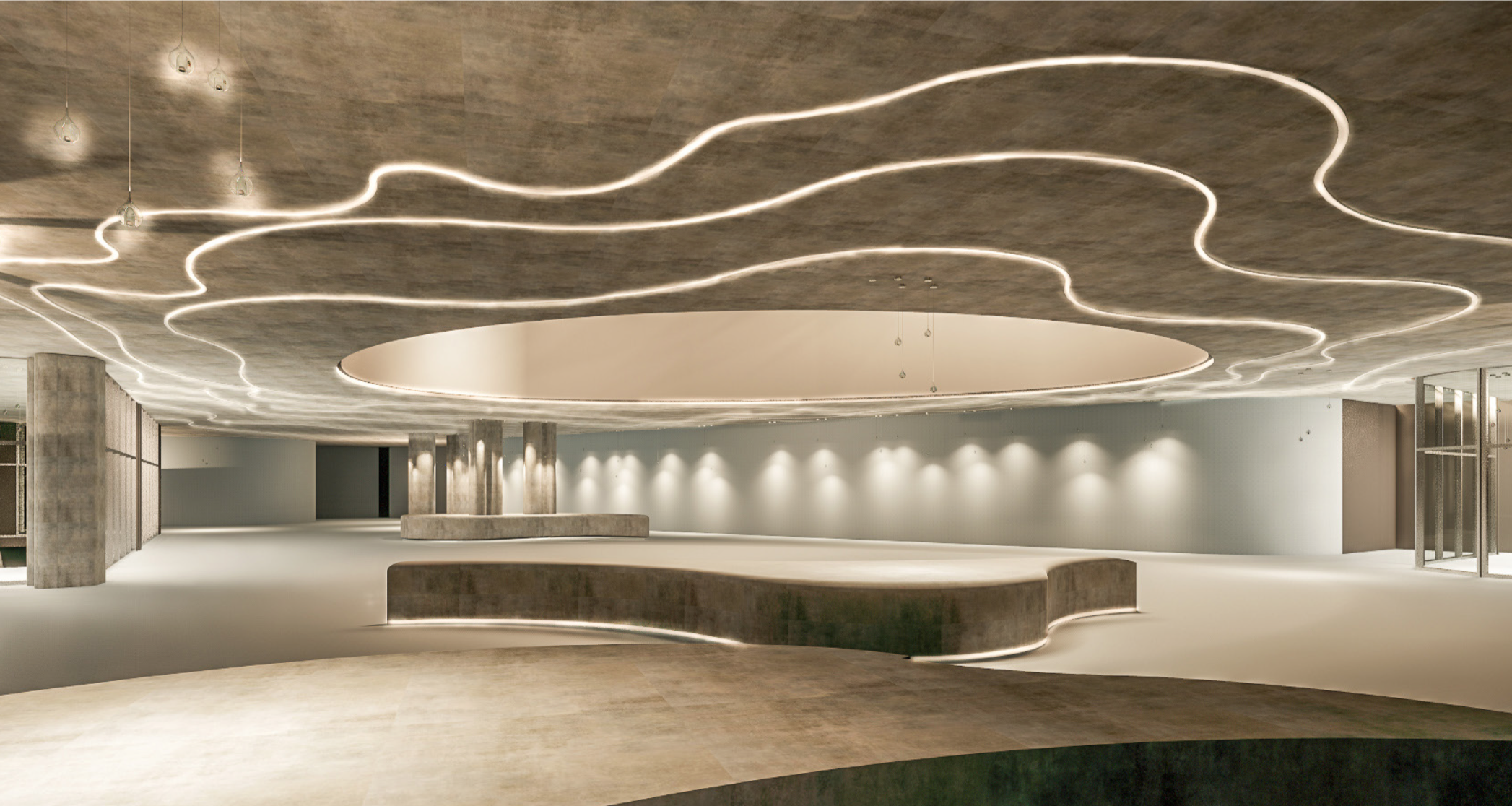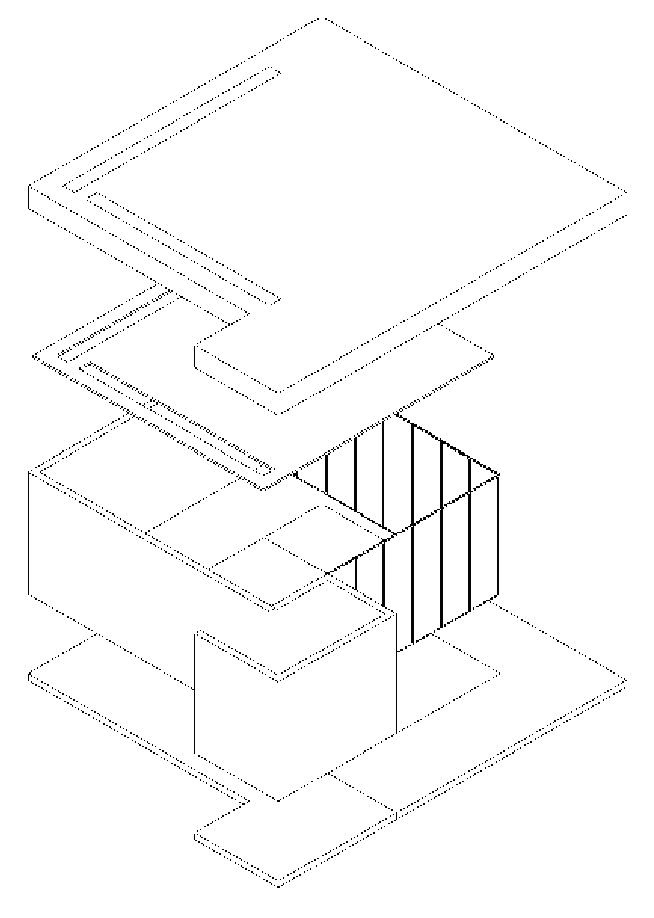LIGHTING
DESIGN
Howard Branston Student Lighting Design Education Grant
The design is inspired by a single drop of water and its relation to the surface as it connects, breaking the surface and radiating outwards. The skylight is the connection point- where disruption occurs and each strip of light is the pulsating movements across the surface. Uniformity is created through repetitive irregularity. At night, the skylight becomes a void. Darkness draws the users in to see the undulating abyss reaching up into the sky. Concrete finishes and blue terrazzo flooring offer durability, practicality, and mimic characteristics and textures found in stones that lay beyond the water’s surface. The utilization of biophilic elements in the lighting design creates a juxtaposition with its metropolitan location and will draw pedestrians in from its exterior views.





The National
Museum of Architecture
A redesign of Sverre Fehn’s National Museum of Architecture with a new program and artist. Do Ho Suh’s installations range in scale but are light and delicate in form. The artwork inspired a hazy atmosphere to offer curiosity and intrigue to viewers. Gentle distribution of light is required to highlight the intricate detailing of the art. The soft sun of the site in Oslo, Norway, compliments the art as it enters simple openings along the perimeter walls with side lighting. Natural materials and frosted glass give the atmospheric quality of a calm morning as the sun filters in through the haze, framing the installation.






Daylighting Analysis
The new program allows for an open layout and more flexibility in the installation program. The matte finish of the glass panels diffuses light as it enters the space, controlling glare and helping preserve the fabric installations. When the windows are flush, a hazy atmosphere engulfs the space. When the panels are adjusted and open up, light filters and offers users a glimpse of the surrounding site and context. As users walk around the perimeter they follow skylights that illuminate the artwork displayed on the walls. Zumthor’s Elements of Atmosphere. material compatibility and the light on things, inform the space through simple muted natural materials which allow the art to present itself while providing a structured backdrop. Diffused light acts as a new mass entering the space through precise openings across smooth surfaces.
An in depth examination of the daylighting conditions of the site was done in order to develop the new program. The June and December solstice, the March and September equinox, and the annual sun variation were all studied through diagramming, rip-and-tear model making, and renderings.
